#Cistercian monks
Text

Initial R in red with a blue border with six Cistercian monks singing at a lectern. Above them another monk plays an organ. All on burnished gold ground.
‘…leyson. Kyri
[…]eyson. Gloria. Gloria.
[…]yrie. In duplicibus [maioribus written above this rubric]
Page from a Cistercian gradual, probably prepared in Guelders, Eastern Netherlands, c 1300 CE.
Victoria and Albert Museum, London, no. 8990A.
[Robert Scott Horton]
* * * *
“There are those who seek knowledge for the sake of knowledge; that is Curiosity.
There are those who seek knowledge to be known by others; that is Vanity.
There are those who seek knowledge in order to serve; that is Love.”
― Bernard of Clairvaux
6 notes
·
View notes
Text

22 notes
·
View notes
Text
#OTD in 1957 – Death of nurse and member of Cumann na mBan, Elizabeth O’Farrell. Best known for delivering the surrender in the Easter Rising of 1916.
#OTD in 1957 – Death of nurse and member of Cumann na mBan, Elizabeth O’Farrell. Best known for delivering the surrender in the Easter Rising of 1916.
Elizabeth O’Farrell was born in Dublin in November 1884. In 1906 she joined Inghinidhe na hÉireann and along with her lifelong friend Julia Grenan she also joined Cumann na mBan, the women’s branch of the Irish Volunteers.
As plans were put in place for the Easter Rising of April 1916, Elizabeth and Julia were sent around the country as couriers delivering important information.
When the…
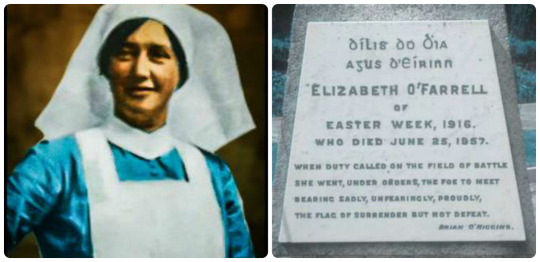
View On WordPress
#1916 Easter Rising#Cistercian monks#couriers#Cumann na mBan#Elizabeth O&039;Farrell#Glasnevin Cemetery#GPO#Inghinidhe na hEireann#IRA#Irish Citizen Army#Julia Grenan#Midwife#Padraig Pearse#Roscrea#Sinn Fein#Volunteers
9 notes
·
View notes
Text
The Royal Monastery of Santes Creus has revealed some of its history during restoration, which unearthed the intact remains of medieval Catalan nobility! From royal lineages to daily life insights, this 'exceptional discovery' opens new doors to understanding the royal ancestry of 13th and 14th century Europe.
15 notes
·
View notes
Text

The Cistercian Abbey of Cârța is one of the oldest Gothic sites from Romania and the most Eastern monument the Cistercians built in Europe. Also known as Cârța Monastery, the ruins are today among the unique historical attractions of Transylvania.
Photography: dorinser
#romania#transylvania#cârța#sibiu#eastern europe#cistercian#abbey#monastery#monks#architecture#gothic#building#ruins#history#europe#photography#aesthetic#scenery#landscapes#transylvania county
98 notes
·
View notes
Text
Brian Patrick McGuire in his book "The Difficult Saint" (1991) characterized Bernard of Clairvaux as "a mysterious combination of affection and hostility" (p. 38) and if this is not the best description of Bernard's personality, then I don't know what is.
8 notes
·
View notes
Text
Taylor Swift does not want me to achieve my goals of abstaining from social media during work hours
#this feels like a fever dream#imagine if you will you’ve spent three days in a Cistercian abbey looking out over silent farmland#reading and praying and occasionally taking breaks to chant the psalms with a bunch of monks#and then you get back home and seven hours later Taylor Swift is wearing a very sparkly kind-of dress and announcing a confusing new album
13 notes
·
View notes
Text
youtube
In the Shadow of Time: The Silent Ruins of Croxden Abbey, Staffordshire
The ruins of Croxden Abbey are tucked away in the beautiful, peaceful Staffordshire countryside.
Come with me as we explore the ruins and learn about the history and significance of what was once a revered centre of spiritual life and agricultural innovation.
Walking among these ancient stones, we'll uncover the stories of the monks who lived and worked here and see firsthand the architectural wonders that have withstood the test of time.
If you love our local history, don't forget to follow me, check out my videos and sign up for my newsletter on my website http://www.theredhairedstokie.co.uk
If you enjoy this page and my content, please consider buying me a coffee here - https://www.buymeacoffee.com/jennagoodwin
I appreciate your continued support.
#staffordshire#youtube#history#stoke on trent#heritage#medieval#cistercian#abbey#alton towers#port vale#stoke city#staffordshire moorlands#tudor#religion#monastry#monks#henry 8th#the tudors#Youtube
0 notes
Text
BAILE NAN TRODACH - TEMPLE SCOTLAND - CLAN CARRUTHERS CCIS
Temple (Scottish Gaelic: Baile nan Trodach) is a village and civil parish in Midlothian, Scotland. Situated to the south of Edinburgh, the village lies on the east bank of the river South Esk.
The civil parish has a population of 225 (in 2011).
The name “Temple” refers to its historical connection to the Knights Templar. In 1237, the town name was recorded as “Ballentrodoch”, from…
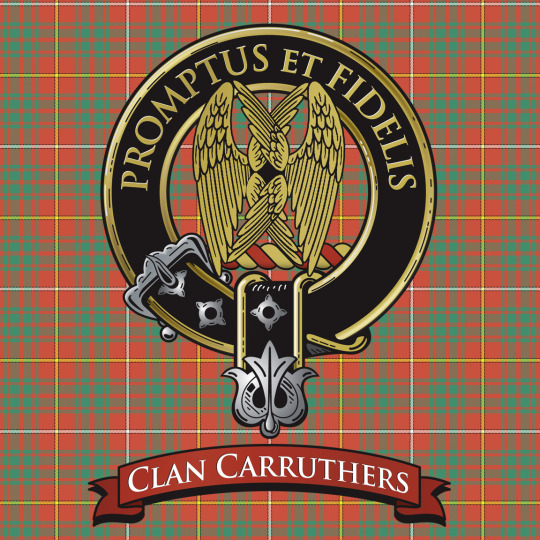
View On WordPress
#Ancient and Honorable Society of Carruthers Clan Int LLC#ballentrodoch#Carruthers#Carruthers Clan#chapelry#cistercian monks and priests#Clan Carruthers#edinburgh#Knights Templar#midlothian#morfoot#newbattle abbey#Scotland#south esk#temple#the order of St John
0 notes
Link
Why were and are there so many different types of monks? What’s the difference between Benedictines, Cistercians, Carthusians, Norbertines, Augustinians, and other monks? Why were monks “Spiritual Warriors”? Discover here why there were so many different types of monks in the Middle Ages and the main medieval orders, and also the chief differences between these different monastic orders, at least in the Middle Ages.
#Monks#Medieval#Middle Ages#Benedictine#Cistercian#Carthusian#Norbertine#Premonstratensian#Augustinian#Austin Canon#Spiritual Warriors#Monastery#Abbey
1 note
·
View note
Text
reading the Benedictine rule and I. I would want to take a medieval monk and I would want to gently lift him to see the sky. Feel less guilt. Look at the sky. It’s beautiful today.
#this post brought to you by the everyone-should-see-the-sky gang#and inspired by the idea of showing a pig the sky#sorry monk i am a demon and i will tempt u#my friend is a cistercian nun and she absolutely gets to look at the sky everyone should look at the sky
1 note
·
View note
Photo

Just a few of the books in my library written by a certain Thomas Keating. Hard to believe it’s been almost four years since he left us. But what a gift to have had his widom, humor and insight to help us on our collective and individual spiritaul journeys! Thanks to Crossroad Publishing, Bloomsbury Publishing, and Lantern Publishing (distributed by Red Wheel Weiser) for making these amazing books available. PS. Do you see the cat’s paws? That’s Little Mama, who was “helping” me with my photo shoot. #ThomasKeating #ContemplativeOutreach #CenteringPrayer #prayer #silence #wisdom #books #bookstagram #Trappist #monks #Cistercian #monasticism #Christianity #Catholicism #prayer #meditation #contemplation #centering #God #mystical #mysticism #contemplation #spirituality @redwheelbooks @bloomsburypublishing @lanternpm @contemplativeoutreachltd (at Clarkston, Georgia) https://www.instagram.com/p/Ci8lsxeunZq/?igshid=NGJjMDIxMWI=
#thomaskeating#contemplativeoutreach#centeringprayer#prayer#silence#wisdom#books#bookstagram#trappist#monks#cistercian#monasticism#christianity#catholicism#meditation#contemplation#centering#god#mystical#mysticism#spirituality
0 notes
Text
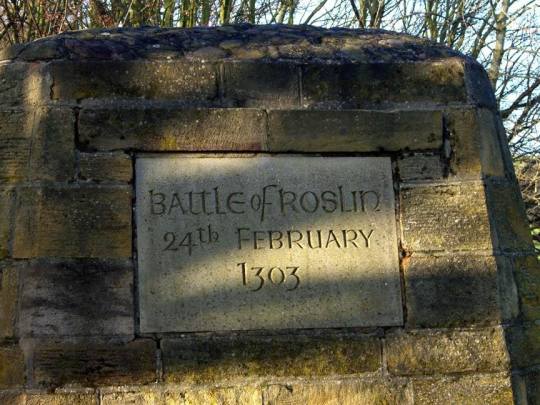


On February 24th 1303 the Scots, under Simon Fraser and John Comyn beat an English force at The Battle of Roslin.
Now most of my history is self taught that I have picked up over the years, I was brought up near Roslin and my mum did take us there as bairns and told us all about the Chapel, the Apprentice Pillar and The Holy Grail, this was 30 years before Dan Brown's Da Vinci Code novel, so with all that you would think that I will have been told all about The Battle of Roslin?
Nope not a thing, I knew about Stirling Bridge, Bannockburn and Culloden, as well as other battles but I can't recall my mum ever telling me about Roslin, so what I know is all learned over the past 20 years or so.
Fought between the Scots and English during the Wars of Scottish Independence and was a Scottish victory, but it does not figure in many history books and few people up until lately have even heard of it, yet the figures involved, especially on the English side, make it one of the biggest battles ever on Scots soil.
This was during the Wars of Scottish Independence, according to the stories I have read it was more of a fight over the love of a woman rather than a pure Scotland v England "match".
Lady Margaret Ramsay of Dalhousie, who had become betrothed to the handsome Sir Henry St Clair, they of the Knights Templar folk. Enter your typical English arrogant guy in Sir John de Segrave, a seasoned campaigner in many a Scottish battle. Sir John is said to have fallen in love with oor Lady Margaret on may visits to Dalhousie Castle, on hearing of the impending marriage in a fit of jealousy decided he wanted the Lady for himself so sought out to sweep her off her feet and defeat the Scottish army all in one fell swoop.
It's a great tale and sounds like a Hollywood film, but there never was any Lady Margaret Ramsay and we know that Sinclair married one Alicia de Fenton. So that's the romance bit debunked.
What I have also read out about the battle is that Segrove split his army, of 30,000 troops, into three groups, to me this is more believable, well splitting the army, the numbers in my mind will have been a lot less. Anyone who knows the landscape of Roslin Glen will know that it lends itself to the theory that in battle on big force would find it difficult to gather there. The English army in three divisions was also common in armies at the time. The terrain in Roslin in the middle of winter would have made it very difficult for a large army to manouevre, so with that I am pretty sure the numbers have been exaggerated, put it this way, if 30,000 English were defeated at Roslin it would be bigger than Bannockburn.
This brings me to my third point about the battle, why are no accounts of it from people present at it? Well that is easily explained in the fact that one of the commanders of the Scots was John "The Red" Comyn. It's a well know fact that history favours the winners, and we all know that The Bruce and Comyn were bitter rivals so it would be natural for any records of the battle to have been erased by Bruce. Well that's my take on it.
A couple of other details often written about the battle is that William Wallace was present, Wallace by this time had given up the Guardianship and at some point was said to have been in France, when captured he was in possession of a "safe passage" letter from The King of France, so was he there? Again I refer to my local knowledge in that along the River Esk that runs through Roslin Glen, towards Hawthornden Castle is a cave we know as Wallace's Cave, so there is a connection somewhere down the ages with our favourite Scottish patriot.
One as wee story regarding The Battle of Roslin is about the Cistercian Prior Abernethy of Mount Lothian to the west of Balantradoch, the Templar headquarters in Scotland, it was about 5 miles from Roslin, Abernethy, the monk, had been a Templar, a warrior, who had off his armour and lay down his sword to spend the remainder of his life praising God. Now the warrior priest's blood rose again. The life of prayer, compilation of Gregorian chants was abandoned. God had called the Prior to the defence of Scotland. As men prepare for battle each pray to whatever God he knows "let us be victorious."
Monks on horseback were sent to raise the alarm and warn the Scots of the danger facing them, they would have said a prayer for the Scots troops before the battle, as was normal, but another legend is that as the Scottish Army grew tired during the third stage of the battle. Abernethy is said to have been crucial with his local knowledge of the Glen, he also directed the Monks to erect a huge St Andrews Cross on the Pentland Hills, as the Scots tired the Cross was set alight and the Abernethy pointed towards it, saying it was a sign from God, it rallied the troops and the Battle was won.
You will have maybe heard other versions of The Battle of Roslin, a lot of this is my own take and by no means historical.
159 notes
·
View notes
Text
Probably a clue to the cult that kidnapped the twins
Ok, this is my first post here and I don't know much about English so I'll use the translator.I hope that a part of kurofandom can see this and tell me what they think.
A few days ago I started rereading the twin reveal arc manga, and since lately I've been doing research on gothic/medieval architecture, I saw this panel from chapter 135 and thought "this castle seems to be medieval".
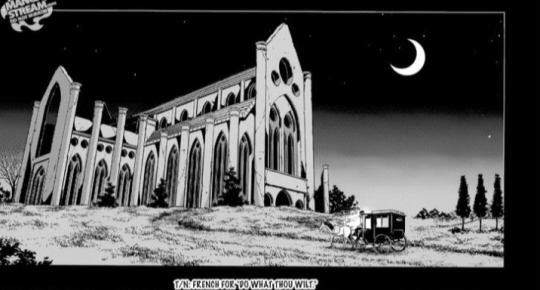
then the idea of looking for information on satanic sects during the Victorian era occurred to me, and although in reality there was very little information about it, after searching for a while I finally found a page that told me about what I was looking for.

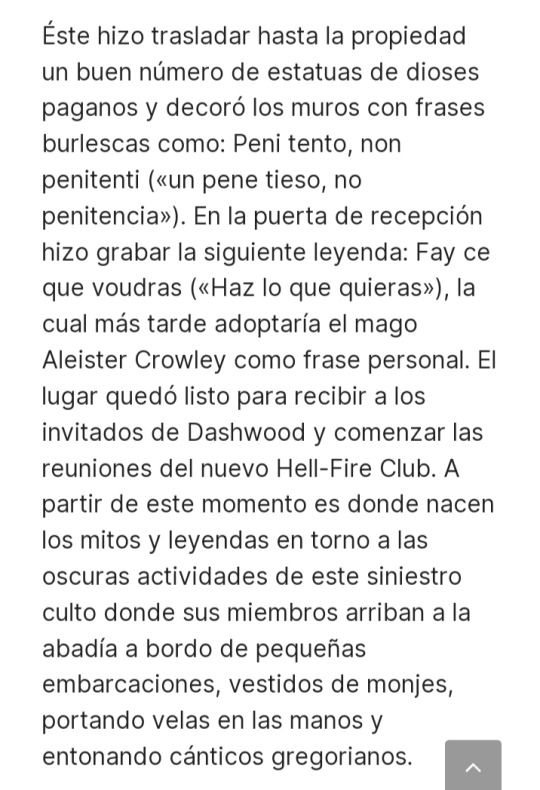



Well this information is about a man named Sir Francis Dashwood, like many of the young people of Victorian England who prided themselves on being part of blue blood families, he was an inexhaustible traveler. He toured almost all of Europe as part of his training, but he always expressed a very marked passion for Italy. Dashwood was a man of the world, surrounded by powerful friends in politics, banking and the art world. He held important positions in the civil service of England. He was also a notable lover of parties, music, food, drink and women in large quantities, in addition to art and Greco-Roman cultures. Quite a character with notable influences that he had access to practically what he wanted. He lived near the River Thames, in Buckinghamshire, in a huge mansion in West Wycombe, surrounded by luxuries and servants who fulfilled any mandate 24 hours a day. In it he held meetings with notable friends of his and members of Masonic lodges in which his vices surfaced permanently.
However, he had in mind the creation of a select secret group in which he could discuss freely about political and philosophical issues exclusively, made up of elegant and influential gentlemen from English high society. This is how he found the ideal place to carry out these meetings: Medmenham Abbey, whose owners were members of the Duffield family, and which was about five kilometers away from his mansion. The Duffields agreed to rent the property, erected around 1200 by a congregation of Cistercian monks. The place was perfect in every way: away from prying eyes and with an atmosphere of mysticism, thanks to its medieval air that enchanted Sir Francis.
He had a good number of statues of pagan gods moved to the property and decorated the walls with mocking phrases such as: Peni tento, non penitenti ("a stiff penis, no penance"). On the reception door he had the following legend engraved: Fay ce que voudras (<< Do what you want »), which would later be adopted by the magician Aleister Crowley as his personal phrase. The place was ready to receive Dashwood's guests and start the meetings of the new Hell-Fire Club. From this moment is where the myths and legends are born around the dark activities of this sinister cult where its members arrive at the abbey aboard small boats, dressed as monks, carrying candles in their hands and singing Gregorian chants.
It should be clarified that in reality the cult called themselves "The Monks of Medmenham". The name "Hell-Fire" club was more of a derogatory nickname.
So reading all this information I realized something, the phrase that this cult used was "fray ce que voudras" which means "Do what you want" or "Do your will" and this same phrase is used by the members of the cult that kidnapped to the twins.
In this part of chapter 135.
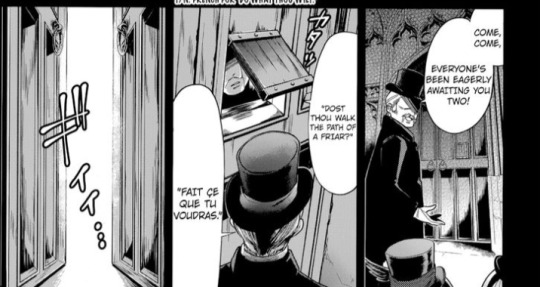
here I realized that when they arrive at that castle the receptionist asks "are you a monk?" To which the other responds with "Fay ce que voudras" (Do what you want). The same phrase used by members of the cult The Monks of Medmenham.
So I would assume that this is a hint that Yana left us and I don't see anyone else talking about it. I don't know if so many people from kurofandom follow me but tell me what you think about this, we should investigate further but I think this is a very obvious clue. 😸
#black butler#Kuroshitsuji#ciel phamtonhive#sebastian michaelis#No sé qué más agregar pero porfavor leanlo#kuroshitsuji theory
221 notes
·
View notes
Note
do you have a monk sona? :-3

brother birbwell is an establishing cistercian scribe who is really proud about sticking it to the benedictines but like secretly really misses the laxness. but its like cooler to be antiestablishment so he shuts up about it. he draws sexually explicit depictions of the abbot on the margins of his manuscripts. he dies at the ripe old age of 26 after giving in to the siren song of eating arsenic-rich yummy paint
69 notes
·
View notes
Text
I think it's remarkable that even Bernard of Clairvaux's biographer felt the need to comment on the impact of Bernard's pressure on his favourite people to follow him into the monastic calling. Allegedly, whenever Bernard appeared, "mothers hid their sons from him, wives kept their husbands away from him, and friends fended off their friends from him."
It's just so freaking funny to imagine everyone being like "Oh, Bernard's coming, -"

#bernard of clairvaux#st bernard#medieval monks#12th century#history meme#cistercians#cistercian order
12 notes
·
View notes